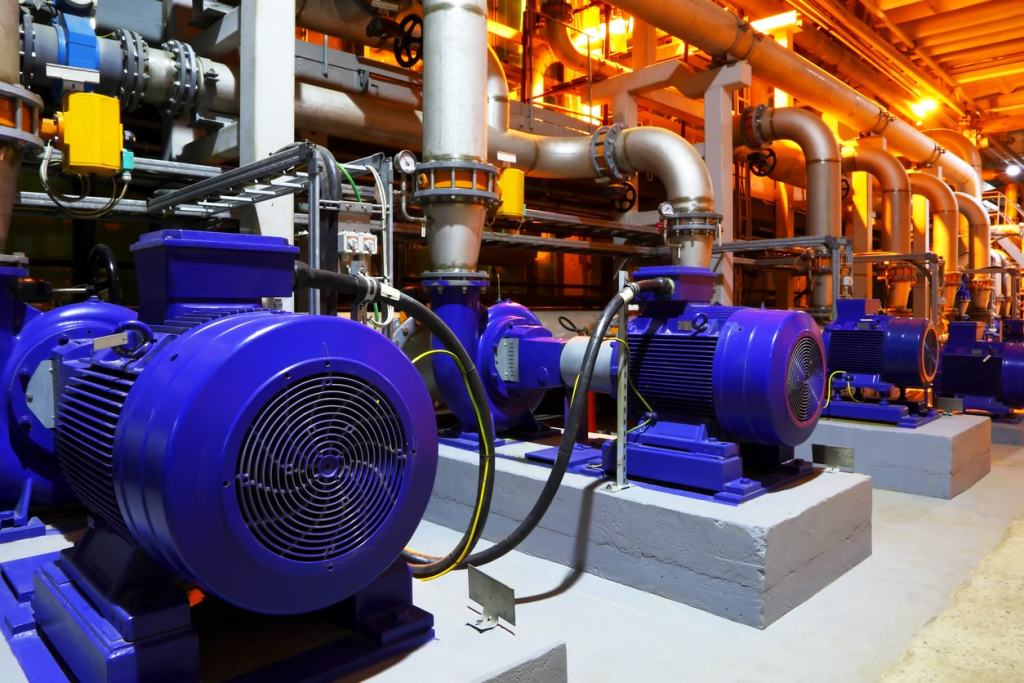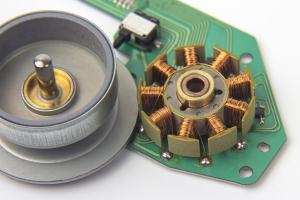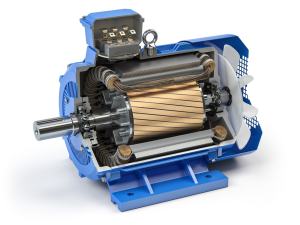An electric motor is an electrical device that converts electrical energy into mechanical energy. Electric motors come in various sizes and power ratings and are used in a wide range of applications. The primary function of electric motors is to produce a rotational motion that performs mechanical work. Here is a summarized explanation of the basic components and operating principles of electric motors:

Basic components of electric motors:
- Rotor (Rotating Part): The rotor is the rotating part of the electric motor. It typically consists of a shaft or coils made from magnetic material.
- Stator (Stationary Part): The stator is the stationary part that surrounds the rotor and usually contains stationary magnets or coils that generate a magnetic field.
- Commutator (Brushes) and Brushes (Only for Some Motors): Some motors have additional components like a commutator and brushes. These control the direction of electric current and the rotation of the rotor.
Operating principles of electric motors:
- Magnetic Field Generation: The stator of an electric motor generates a magnetic field. This magnetic field interacts with the rotor, creating a magnetic or electromagnetic interaction.
- Magnetic Interaction: The electric current applied to the rotor interacts with the magnetic materials, causing the rotor to respond to the magnetic field’s influence.
- Rotational Motion: As a result of the magnetic interaction, the rotor begins to rotate under the influence of the magnetic field. This rotational motion is used to perform mechanical work.
Electric motors come in various types, such as DC motors (direct current motors), AC motors (alternating current motors), brushless motors, stepper motors, and many more variations. Each type of motor has its own specific application areas and advantages. Electric motors are used in a wide range of applications, from industrial machinery to household appliances.




